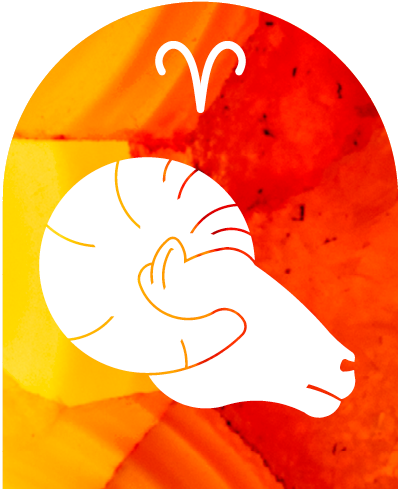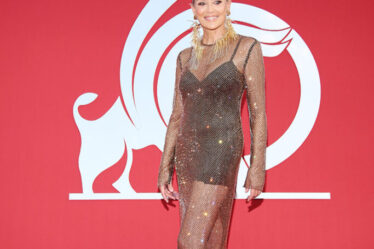
There’s always a theme in a Boatman puzzle and as we’re about to discover, there’s invariably a tale related to the theme.
Boatman: The Second 50 brings us from 2016 to this year along with some Genius puzzles and the memorable referendum grid, the one with the pairs of equally valid entries (below). Let’s find out more.
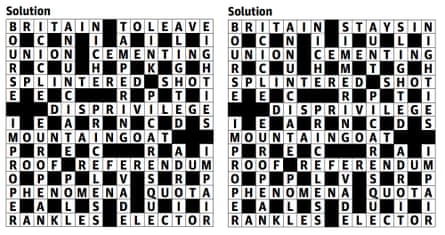
Boatman, you describe yourself as “very nearly the slowest” Guardian setter to reach 100 puzzles. Who is slower?
According to Haydon Bambury’s research, I am the second slowest of the current stable to reach 100 puzzles. Imogen took slightly longer but got there just before me and has been racing away ever since. Logodaedalus and Gemini took even longer, but that was in another century.
I have a lot of admiration for the more prolific setters like Paul and (in their day) Araucaria and Rufus. I can’t sit down with a blank sheet of paper and know that in two or three hours I’ll have a puzzle, and I won’t start one until I know that I have at least three or four ideas for clues that will establish a theme. That definitely slows me down.
The notes on your 96th puzzle include the unlikely phrase “This is the last fish-based puzzle in this collection”. Which are the most fecund topics for themes? I’ve found that “food and drink” is one I’ve been able to return to time and again, though that may just reflect an enthusiasm on my part for large portions in real life.
Fish have provided my most productive subject area – there have been five puzzles so far. There are plenty of fish to choose from; they often have short names amenable to using in anagram clues, and we tend to find them funny. If you add in three drink-based puzzles and eight with some other type of food, that would make 16 puzzles with food-and-drink themes, which rather echoes your experience.
The most rewarding themes have the tightest focus: early on, I started a list of ideas based on fruit and veg, but quickly found that I had enough vegetable clues, so I put the fruit on one side. When I came back to those I saw that I could create a puzzle using just the apple clues. That in turn led to thoughts of puddings and the other type of sweets. An image of seaside rock no doubt entered my subconscious, because two puzzles about types of rock emerged much later.
You paint a vivid picture of the physical business of your setting, but I want more details. My tools are the Alwych Book notebook (“with the ALL WEATHER cover”) and a Blackwing 602 pencil. You?
Nice notebook and pencil! I’ve kept notes for unrelated clue ideas in an old Filofax – the oldest date back more than 20 years – but I move to my laptop as soon as I have an idea for a theme.
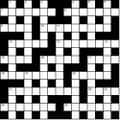
I use Crossword Compiler to build the grid and to keep track of the clues, but first I write out my ideas in a word-processor document with lists of related words. Once I have enough, I colour-code the ideas to make sure I have a variety of types of clue and ways of using the theme. I do have a favourite pen: the Pilot G-Tec-C4, which makes an accurate line and allows for ludicrously small writing.
You tell us that you tend to write more clues than you’ll be able to use before starting to fill a grid. What happens to the “lost” clues?
Not much gets wasted. I save the best unused clue and release it as a tease in the forum once known as Twitter, then any theme clues left over go into a new theme file.

Glad to hear it. You seem to treat the various Guardian grids like physical spaces, like your metaphor of the Cluedo secret passageway. Tell us more about your relationships with these layouts.
I have my favourites. Grids 54A and 54B (the ones with the Ss) have a preponderance of shorter lights, which matches the type of words that I like to clue, as does Grid 58 (the one with the Ws).
There’s something oddly organic about Grid 61, which I think of as having a black twig across the middle of the grid, and I like all the grids that make geometric shapes. I’m sure that the symmetries and patterns in the best grids are part of the appeal of crosswords and add to the solver’s motivation to complete a puzzle.
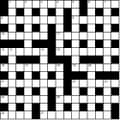
Finally, you’ve moved to Ditchling, which in my head is identical to Itching Down – the locale of one of literature’s greatest books, The Giant Jam Sandwich. Is there a resemblance?
John Vernon Lord is one of our most interesting friends in the village! Itching Down is recognisably Ditching in many places, though John inserted several parts of other villages that he enjoyed drawing. And we have fewer wasps.
But everyone should, of course, read The Giant Jam Sandwich, along with John’s other books, including his illustrations to the works of Edward Lear and James Joyce.
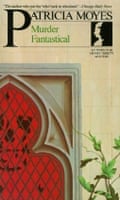
Our next book
Agreed, and many thanks to Boatman. Suggestions for future book club reading are very welcome. In the meantime, we have our first appointment with whodunnit writer Patricia Moyes; the book is Murder Fantastical.
Other puzzling books
Find a collection of explainers, interviews and other helpful bits and bobs at alanconnor.com
The Shipping Forecast Puzzle Book by Alan Connor, which is partly but not predominantly cryptic, can be ordered from the Guardian Bookshop

